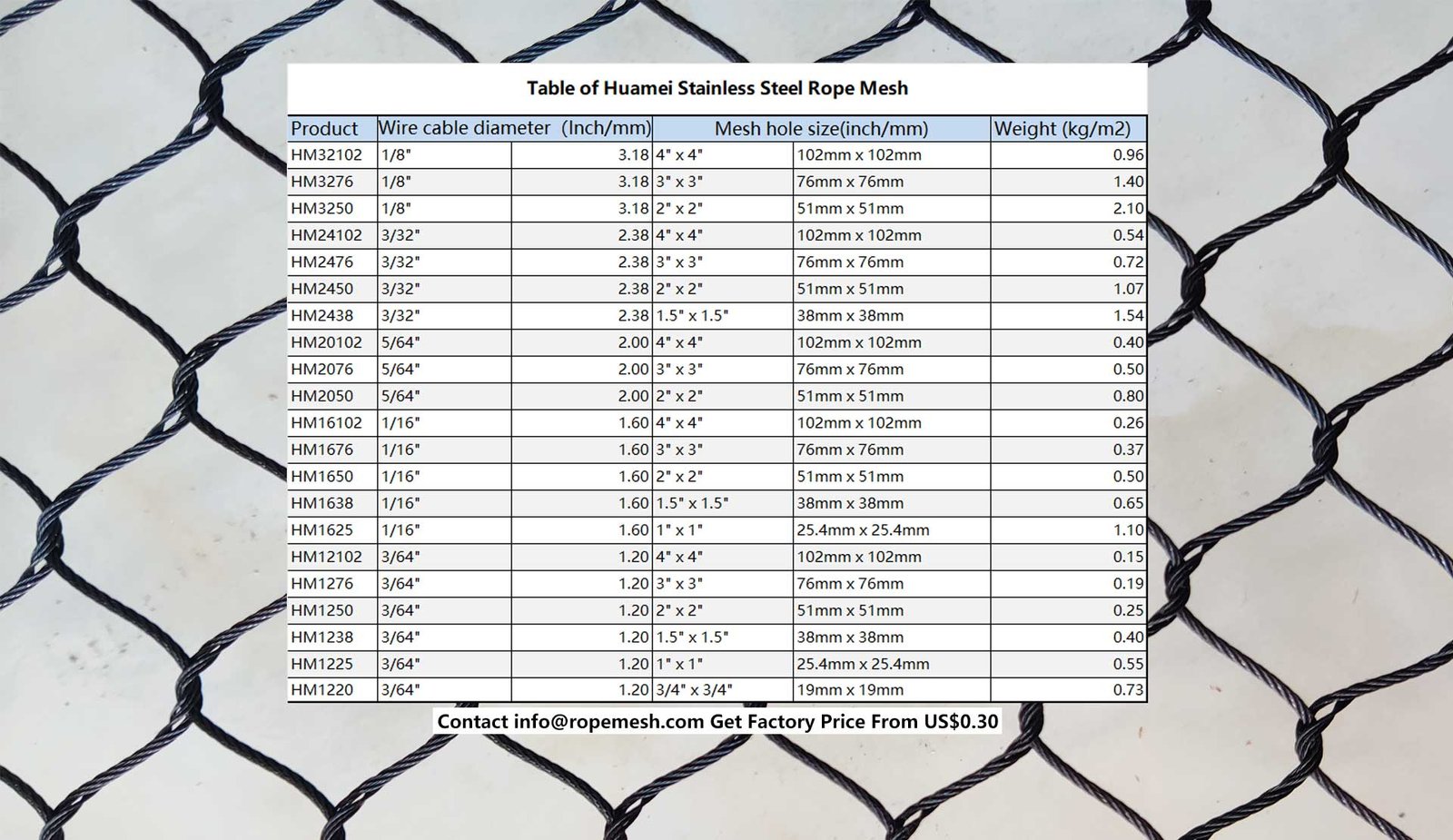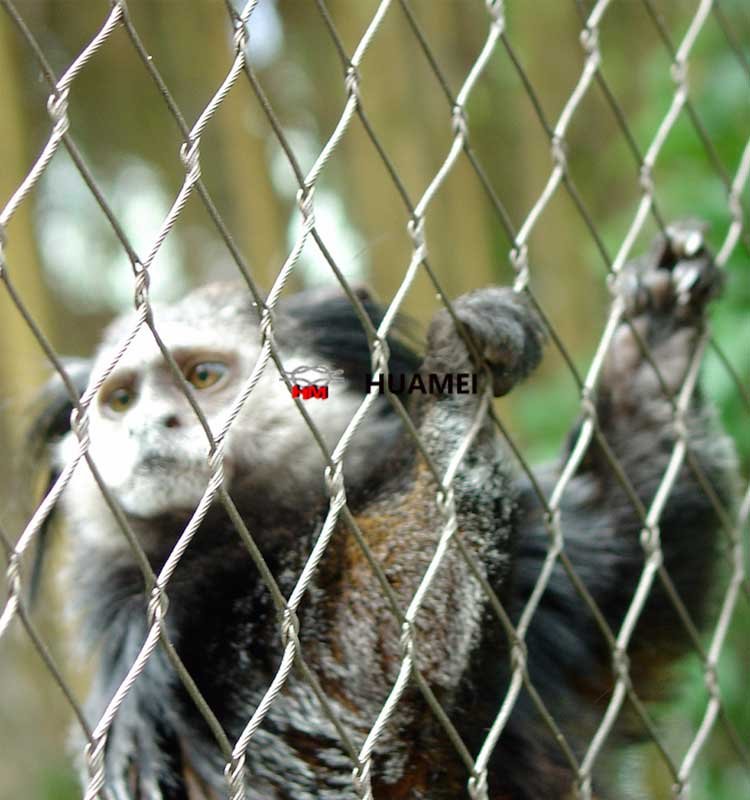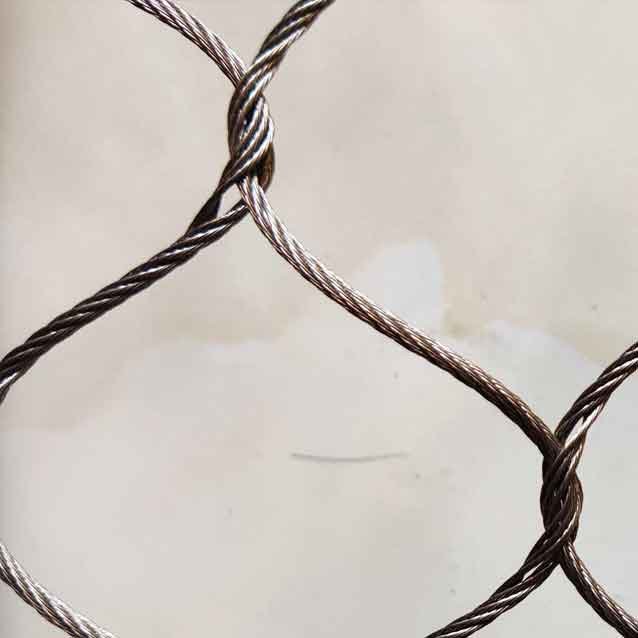Applications of Zoo Mesh
Enclosures: The Heart of Zoo Habitats
Zoo mesh is the foundation of many animal enclosures. It provides a secure and durable barrier that keeps animals contained while allowing visitors to observe them in a natural setting.
Primate Enclosures: Primates are intelligent and active animals that require spacious and stimulating enclosures. Zoo mesh is ideal for creating enclosures that mimic their natural habitats, with climbing structures, swinging vines, and plenty of space to explore.
Reptile Habitats: Reptiles have diverse needs, depending on their species. Zoo mesh can be used to create enclosures that replicate the specific conditions required for different types of reptiles, from desert habitats to tropical rainforests.
Bird Aviaries: Birds need plenty of space to fly and exercise. Zoo mesh is perfect for constructing large aviaries that allow birds to soar freely while keeping them safe.
Large Mammal Exhibits: From elephants to giraffes, large mammals require spacious enclosures that provide ample room to roam and socialize. Zoo mesh can be used to create safe and secure habitats for these majestic creatures.
Exhibits: Adding Dimension and Engagement
Zoo mesh isn't just for enclosures. It can also be used to create exciting and engaging exhibits that keep visitors interested.
Climbing Structures: Zoo mesh can be used to create climbing structures that challenge animals and provide them with mental and physical stimulation.
Tunnels and Burrows: For animals that enjoy digging and exploring, zoo mesh can be used to create tunnels and burrows that mimic their natural habitats.
Water Features: Zoo mesh can be used to create waterfalls, streams, and other water features that add visual interest and provide animals with a source of hydration.
Safety Barriers: Protecting Animals and Visitors
Zoo mesh plays a vital role in ensuring the safety of both animals and visitors. It can be used to create barriers that prevent animals from escaping and protect visitors from potential hazards.
Habitat Enrichment: Stimulating Natural Behaviors
Zoo mesh can be used to create a variety of habitat enrichment features that stimulate animals' natural behaviors. For example, it can be used to create foraging opportunities, puzzle feeders, and other interactive elements.
Conclusion
Zoo mesh is an essential component of modern zoos. It provides a versatile and durable solution for creating safe, secure, and engaging animal habitats. By understanding the different types of zoo mesh and their applications, zoo professionals can design enclosures that meet the specific needs of a wide range of animals.


